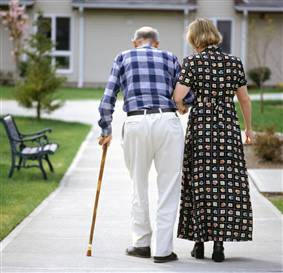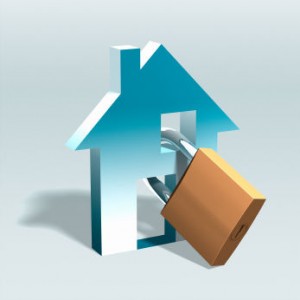Built-in Dialer Delays Have No Place at American Alarm
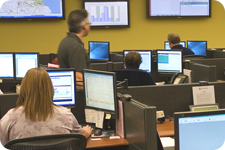 In a recent blog post, we alerted readers to a weakness in many “all-in-one” (fire/burglar) home alarm systems.
In a recent blog post, we alerted readers to a weakness in many “all-in-one” (fire/burglar) home alarm systems.
The problem is that many major distributors and alarm monitoring companies have built-in dialer delays that prevent signals from being sent to the central station for up to four minutes after the alarm is tripped in the home.
Why? Because their systems are prone to false alarms and their distant monitoring centers can’t handle the volume. They delay transmission of an alarm signal to give the homeowner a chance to respond and correct the false alarm. This is not true security.
If there is a fire or someone is breaking into your home, seconds count when it comes to both the safety of your family and the protection of your belongings.
After that blog post, we received some great feedback from people who were unsure if American Alarm incorporated a dialer delay into its burglar alarm systems.
The fact is, we do not and will not use equipment with built-in dialer delays. The reason we posted this information was to inform our customers as well as others reading our blog that there are some companies that do this.
Our commitment to our customers has always been to provide the fastest possible response to alarm signals. We have the lowest documented response to priority signals, which is currently at 24 seconds or less. This is key in the event of a fire or intrusion at your home or business.
Please keep the questions and comments coming!

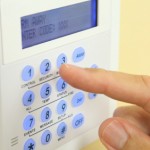
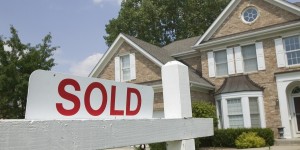
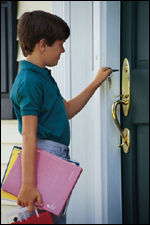 Busy schedules often mean that family members are not always able to arrive home from work or school at the same time. The “latch-key kid” phenomenon is hardly a new one – children and teenagers have been beating their parents back to the house after getting off the school bus for decades – but advances in
Busy schedules often mean that family members are not always able to arrive home from work or school at the same time. The “latch-key kid” phenomenon is hardly a new one – children and teenagers have been beating their parents back to the house after getting off the school bus for decades – but advances in  If you are a healthcare provider, or do business with healthcare providers, you are probably familiar with the
If you are a healthcare provider, or do business with healthcare providers, you are probably familiar with the 
